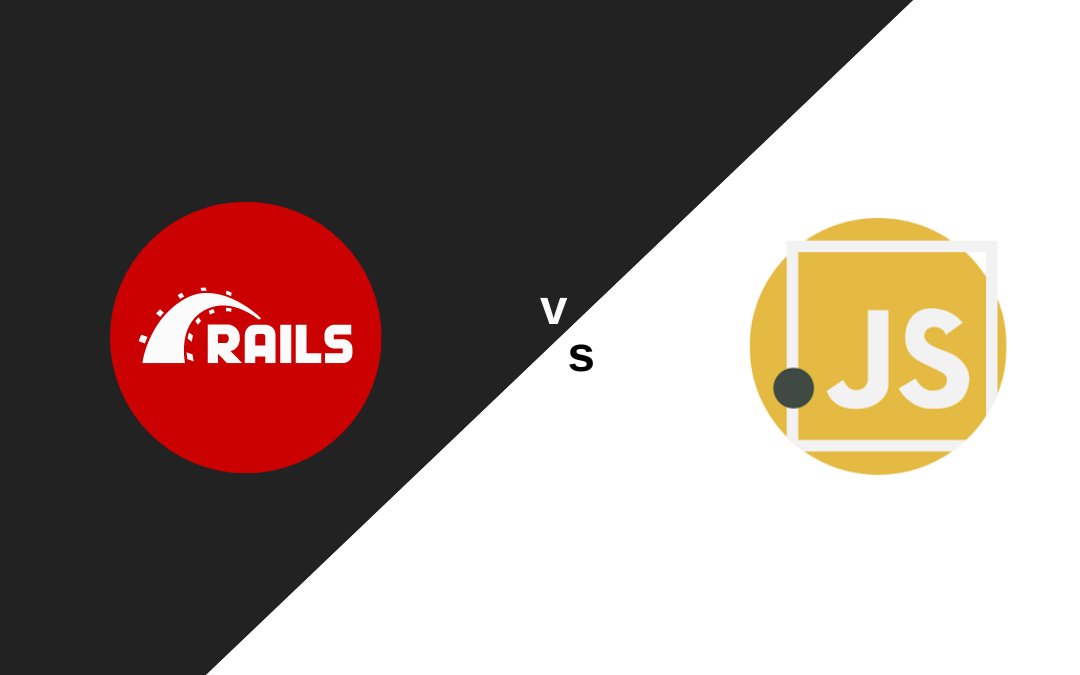
So, you’ve dived into Angular, building sleek web applications with its robust framework. But now, you’re stuck at the starting line, wondering how to change the startup component. Fear not, fellow coder! Let’s unravel this mystery and get you back in the race with swagger.
Understanding the Startup Component in Angular
In Angular, the startup component, often referred to as the root component, is the entry point of your application. It’s where the magic begins, initializing your app and orchestrating its initial rendering. By default, this component is set in the AppModule as part of the bootstrap process.
Why Change the Startup Component?
There are scenarios where you might want to switch things up:
- Routing Flexibility: Maybe you’re integrating Angular into an existing multi-page application and need a different component to kick things off.
- Dynamic Loading: You might want to load different components based on user roles or configurations.
- Testing Purposes: Adjusting the startup component can facilitate easier testing of specific features or modules.
Step-by-Step Guide: How to Change Startup Component in Angular
Let’s roll up our sleeves and get into the nitty-gritty. Here’s a step-by-step guide:
Step 1: Locate the AppModule
In your Angular project, navigate to the AppModule. This is typically found in src/app/app.module.ts. This file defines your application’s main module where components, services, and other features are imported and configured.
Step 2: Identify the Bootstrap Array
Within AppModule, locate the @NgModule decorator. Inside this decorator, there’s an array named bootstrap. This array lists the components that Angular should bootstrap when the application starts.
@NgModule({
declarations: [
AppComponent,
// Other components declared here
],
imports: [
BrowserModule,
// Other modules imported here
],
providers: [
// Services and providers
],
bootstrap: [AppComponent] // <– This line determines the startup component
})
export class AppModule { }
Step 3: Change the Bootstrap Component
To change the startup component, simply modify the bootstrap array to include the component you want to use instead of the default AppComponent.
@NgModule({
declarations: [
AppComponent,
// Other components declared here
CustomStartupComponent // <– Include your custom startup component here
],
imports: [
BrowserModule,
// Other modules imported here
],
providers: [
// Services and providers
],
bootstrap: [CustomStartupComponent] // <– Change AppComponent to your custom component
})
export class AppModule { }
Step 4: Verify and Test
Save your changes and run your Angular application (ng serve). Angular will now bootstrap with your newly specified component as the entry point. Ensure everything functions as expected and test for any compatibility issues or dependencies that may arise from the change.
Conclusion
Mastering how to change the startup component in Angular empowers you to tailor your application’s entry point to fit its specific needs and structure. Whether you’re opting for a modular approach or fine-tuning routing, understanding these fundamentals ensures your Angular projects are not only functional but also well-organized and scalable.
By following this guide, you’re equipped to navigate Angular’s architecture confidently, optimizing your development workflow and delivering robust applications that meet your users’ expectations. Embrace the flexibility Angular offers, and let your startup component reflect the unique identity and functionality of your application. Happy coding!
Hope this blog post from Hire tech firms was helpful to you in quickly fixing this issue!

In the bustling world of web development, choosing the right tools can make or break your project. Enter Ruby on Rails and JavaScript, two stalwarts of the development ecosystem, each with its own strengths and specialties. In this article, we’ll dive into a detailed comparison of Ruby on Rails vs JavaScript, examining their histories, strengths, weaknesses, and where they shine brightest.
Understanding Ruby on Rails – A Brief
Ruby on Rails, affectionately known as Rails, emerged in the early 2000s as a robust web application framework built on the Ruby programming language. Its convention-over-configuration approach and focus on developer happiness have made it a darling of startups and established companies alike. Think of it as the high-speed rail of web development, whisking developers from idea to implementation with elegant simplicity.
Pros and Cons of Ruby on Rails
Pros:
- Rapid Development: Rails’ scaffolding and opinionated structure let developers build prototypes and MVPs swiftly.
- Strong Community: With passionate advocates and a treasure trove of gems (libraries), solutions are often just a gem install away.
Cons:
- Performance Considerations: While efficient for most web applications, scaling high-traffic apps may require careful optimization.
- Learning Curve: Newcomers might find Rails’ conventions initially restrictive until they embrace its philosophy.
Use Cases
Rails excels in applications needing quick iterations and where convention over configuration aids productivity. Platforms like Airbnb and GitHub owe their early successes to Rails’ rapid development capabilities.
Understanding JavaScript – A Brief
JavaScript, born in the mid-90s, has grown from a humble scripting language to the backbone of modern web development. Its versatility spans front-end, back-end, and mobile development, making it indispensable across the tech landscape. JavaScript is like the Swiss Army knife of programming languages, fitting into any development scenario with finesse.
Pros and Cons
Pros:
- Ubiquity: From dynamic front-end interfaces to server-side logic (Node.js), JavaScript powers the full stack.
- Performance Improvements: Recent optimizations and frameworks like React have bolstered JavaScript’s performance.
Cons:
- Fragmentation: Managing JavaScript’s ecosystem can be daunting with myriad libraries and frameworks.
- Security: Client-side execution exposes applications to unique security risks like cross-site scripting (XSS).
Use Cases
JavaScript dominates where interactivity and real-time updates are crucial, such as in social media platforms like Facebook and in real-time collaboration tools like Google Docs.
Ruby on Rails vs JavaScript – A Detailed Comparison
Coding Speed
Ruby on Rails excels in getting projects off the ground quickly, thanks to its scaffolding and convention-driven setup. Developers can prototype ideas swiftly, making it ideal for startups racing to launch.
JavaScript, particularly with frameworks like React and Vue.js, offers rapid front-end development capabilities. Node.js extends this agility to server-side scripting, enabling full-stack JavaScript applications.
Security
Ruby on Rails emphasizes security with built-in protections against common vulnerabilities like SQL injection and CSRF attacks. Its strict adherence to conventions reduces the likelihood of security oversights during development.
JavaScript, especially on the client side, faces challenges like XSS due to its dynamic nature. However, frameworks and best practices mitigate risks effectively, albeit with a need for diligent attention to security practices.
Performance
Ruby on Rails’ performance has historically been scrutinized under high loads, though optimizations like caching and database tuning can mitigate these concerns. It shines in applications prioritizing developer productivity over microsecond gains.
JavaScript’s performance has seen significant improvements, especially with modern frameworks and runtime environments like V8 and Node.js. Efforts in optimizing rendering and data handling have made it competitive even in high-demand scenarios.
Popularity
Ruby on Rails enjoys a dedicated following, particularly in the startup community and among companies valuing rapid prototyping and convention-driven development.
JavaScript’s popularity is unparalleled, owing to its role as the language of the web. Its versatility and ecosystem depth ensure it remains a staple across industries and development environments.
Community
Ruby on Rails boasts a supportive community known for its passion and pragmatism. The Rails ecosystem, bolstered by active contributors and a wealth of open-source libraries, ensures developers rarely face challenges alone.
JavaScript’s community is vast and diverse, spanning front-end frameworks, back-end libraries, and everything in between. Collaboration and innovation thrive within this expansive network, driving JavaScript’s evolution.
Conclusion
In the perennial debate of Ruby on Rails vs JavaScript, there’s no clear winner—only the right tool for the job at hand. Ruby on Rails excels in rapid development scenarios, ideal for startups and projects needing quick iterations. JavaScript, on the other hand, offers unparalleled versatility across the entire stack, empowering developers to build everything from interactive user interfaces to robust server-side applications.
Whether you’re a startup founder looking to launch fast or an enterprise developer scaling globally, understanding the strengths and nuances of Ruby on Rails and JavaScript is key to making informed technology choices that propel your projects forward. Embrace their strengths, mitigate their weaknesses, and let them guide your journey through the ever-evolving landscape of web development.
We hope this guide from hire tech firms has equipped you to resolve this issue swiftly!


